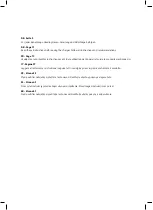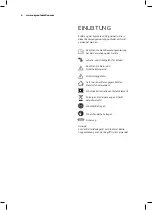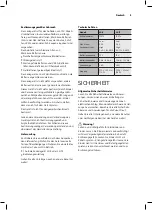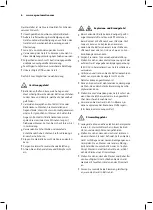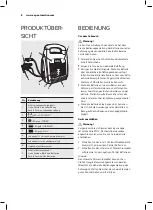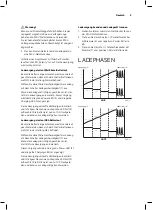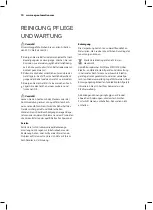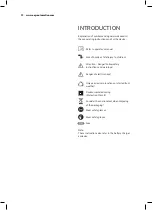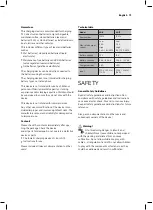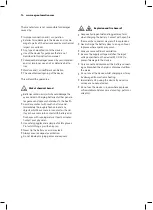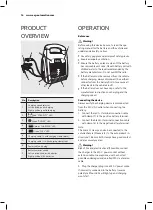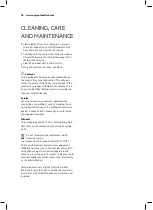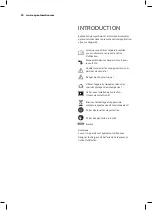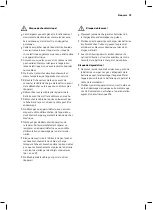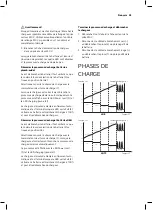
www.aeg-automotive.com
14
Explosion and fire hazard!
•
Gaseous hydrogen (detonating gas) may form
when charging the battery. Contact with open fire
(flame, embers, sparks) may result in explosions.
•
Never charge the battery close to an open fire or
in places where sparks may occur�
•
Always ensure sufficient ventilation.
•
be sure the supply voltage matches the input
voltage specified on the device (230 V AC) to
prevent damage to the device�
•
only connect and disconnect the battery connect-
ing cables when the charger is disconnected from
the mains�
•
Do not cover the device whilst charging, as it may
be damaged from extreme heating�
•
Immediately stop using the device if you notice
smoke or an unusual odour�
•
Do not use the device in rooms where explosive
or flammable substances are stored (e.g. petrol or
solvents)
�
The manufacturer is not responsible for damages
caused by:
•
Improper connection and / or operation�
•
exterior force, damage to the device and / or da-
mage to parts of the device caused by mechanical
impact or overload�
•
Any type of modification to the device.
•
use of the device for purposes that are not
described in this instruction manual�
•
consequential damages caused by non-intended
and / or improper use, and / or defective batte-
ries�
•
Moisture and / or insufficient ventilation.
•
The unauthorised opening of the device�
This will void the guarantee�
Risk of chemical burns!
•
batteries contain acid, which could damage the
eyes and skin� charging batteries further genera-
tes gasses and vapours hazardous to the health�
•
avoid any contact with caustic battery acid�
Immediately thoroughly flush skin and any
objects which have come into contact with acid�
If eyes have come into contact with battery acid,
flush eyes with running water at least 5 minutes.
contact your physician�
•
use safety goggles and acid-proof safety gloves�
Protect clothing, e�g� with an apron�
•
never tip the battery, as acid may leak�
•
always ensure adequate ventilation�
•
Do not inhale emerging gasses and vapours�


